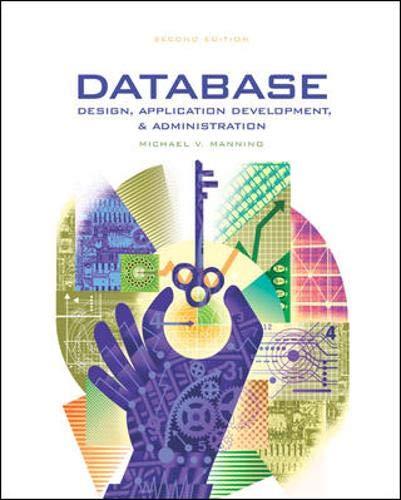Answered step by step
Verified Expert Solution
Question
1 Approved Answer
Draw this as a state diagram with circles for states and arrows for transition arrows: Pushdown Automaton ( PDA ) for L: States: q 0
Draw this as a state diagram with circles for states and arrows for transition arrows:
Pushdown Automaton PDA for L:
States: q q q q q q q q Alphabet: a b c Stack Alphabet: a b Z
Transition Table:
q a Z q aZ Push a onto the stack
q b Z q bZ Push b onto the stack
q c Z q cZ Push c onto the stack
q a a q aa Push a onto the stack
q b b q bb Push b onto the stack
q c c q cc Push c onto the stack
q epsilon, Z q Z Empty stack, transition to final state
q a a q aa Continue pushing a onto the stack
q b b q bb Continue pushing b onto the stack
q c c q cc Continue pushing c onto the stack
q b a q epsilon Matched a pop a from stack
q a b q epsilon Matched b pop b from stack
q b c q epsilon Matched c pop c from stack
q c a q epsilon Matched a pop a from stack
q a c q epsilon Matched c pop c from stack
q c c q cc Continue pushing c onto the stack
q c a q epsilon Matched a pop a from stack
q b c q epsilon Matched c pop c from stack
q a b q epsilon Matched b pop b from stack
q c b q epsilon Matched b pop b from stack
q a a q aa Continue pushing a onto the stack
q b b q bb Continue pushing b onto the stack
q b a q epsilon Matched a pop a from stack
q a b q epsilon Matched b pop b from stack
q b c qepsi Matched c pop c from stack
q b a q epsilon Matched a pop a from stack
q b b q bb Continue pushing b onto the stack
q c a q epsilon Matched a pop a from stack
q c c q cc Continue pushing c onto the stack
q epsilon, Z q Z Transition to final state
q a Z q epsilon Pop remaining as from stack
q b Z q epsilon Pop remaining bs from stack
q c Z q Z Pop remaining cs from stack
q epsilon, Z q Z Empty stack, transition to final state
q epsilon, Z q Z Empty stack, transition to final state
q epsilon, Z q Z Empty stack, transition to final state
q epsilon, Z q Z Transition to accepting state
q a Z q epsilon Accepting state
q b Z q epsilon Accepting state
q c Z q epsilon Accepting state
Step by Step Solution
There are 3 Steps involved in it
Step: 1

Get Instant Access to Expert-Tailored Solutions
See step-by-step solutions with expert insights and AI powered tools for academic success
Step: 2

Step: 3

Ace Your Homework with AI
Get the answers you need in no time with our AI-driven, step-by-step assistance
Get Started


